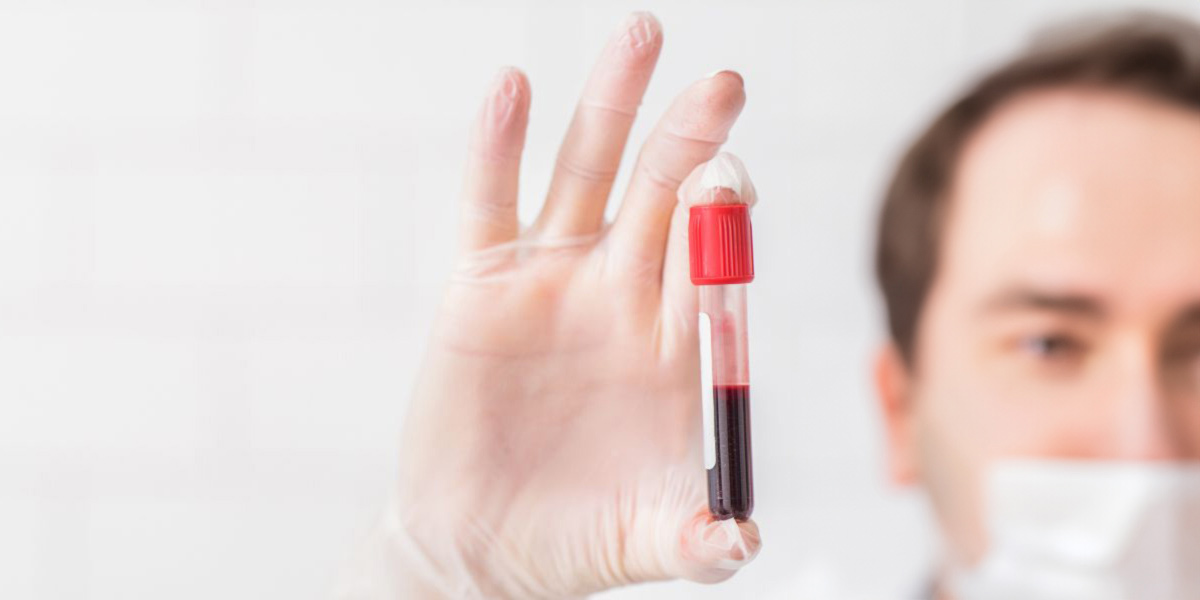Blood Alcohol Content (BAC): What It Is and What Affects It


Medical Writer:
Reviewer:

Johnny Kim
Executive Psychotherapist
Medical Writer:
Reviewer:

Johnny Kim
Executive Psychotherapist
BAC is short for blood alcohol content, indicating the level of alcohol in your bloodstream post-consumption.
The amount of drunkenness is based on how much alcohol is in your blood rather than the number of drinks you have had. In the United States, individuals who are 21 years or older are seen as impaired when their blood alcohol level reaches 0.08%.
Table of Contents
ToggleA regular drink usually includes either a 12 ounce glass of beer a 5 ounce glass of wine or a 1.5 ounce shot of spirits.
Lots of bars and restaurants tend to pour drinks serving you more alcohol than the standard amount. This makes it quite simple to reach a BAC above 0.08% after one or two drinks.
Many bars and restaurants serve drinks with “heavy pours,” giving you more alcohol than usual. This can make reaching a BAC above 0.08% easy with just one or two drinks.
Police use a blood sample to check if someone was driving drunk. They use the results as evidence in cases where they file charges like DUI.
What Is BAC?
Blood alcohol content (BAC) shows how much alcohol is in your blood after drinking alcohol. Alternative expressions for measuring alcohol levels in your system include blood ethanol concentration and blood alcohol level. Varying BAC levels result in distinct degrees of intoxication, carrying different risks.
What Factors Affect Blood Alcohol Content?
Several factors influence blood alcohol content (BAC), including:
- Weight: Alcohol is absorbed by water in the body, not by body fat. Since body fat has minimal water content, people with more body fat might exhibit a higher BAC compared to those with less due to slower alcohol elimination.
- Biological sex: Generally, women possess higher body fat percentages and lower blood volumes than men, leading to differing BAC levels even when consuming identical amounts of alcohol.
- Type of Alcohol: The alcohol content varies across beer, wine, and spirits. Carbonated beverages like champagne or mixed drinks with soda get absorbed more quickly into the bloodstream.
- Consumption Rate: The impact of alcohol can take from 30 to 90 minutes to fully manifest. Rapid consumption or binge drinking results in a higher BAC than drinking the same quantity over a longer duration.
- Pre-Drinking Food Intake: Eating before drinking can decelerate the absorption of alcohol, meaning those who consume alcohol on an empty stomach will likely achieve a higher BAC than those who ate beforehand.
- Medications and drugs: Alcohol can interact with both prescription and illegal drugs, potentially elevating BAC levels. You should consult medical professionals before mixing alcohol with any medications.
Numerous myths and misunderstandings exist regarding the factors that influence your blood alcohol content (BAC). However, once alcohol metabolism begins in your body, there is no way to expedite its elimination or alter your BAC.
Consuming large amounts of water, eating substantially to absorb alcohol, physical fitness, consuming energy drinks or caffeine to stay alert, and tolerance levels do not affect BAC once drinking alcohol has stopped, as the alcohol is already circulating in your bloodstream.

How to Determine Blood Alcohol Content
The grams of alcohol per 100 milliliters of blood determine blood alcohol content.
For instance, a BAC of 0.08, as revealed by a blood test, indicates that 8% of your bloodstream consists of alcohol. Similarly, a BAC of .250 indicates a 25% alcohol concentration in your blood, which means you are severely intoxicated. This could lead to passing out and difficulty controlling your body.
When Is It Safe to Drive After Drinking?
It is usually safe to drive after having one standard drink if you know what a standard drink is.
Knowing what a standard drink is and keeping track of how long you’ve been drinking can help you drive safely. The liver can process one drink per hour. This means you can probably drive safely after having just one drink.
The National Institute on Alcohol Abuse and Alcoholism (NIAAA) has defined what defines a regular drink:
- 12 oz of standard beer, usually having an alcohol percentage close to 5%
- 8 to 9 oz of malt liquor, typically having around 7% alcohol content
- A 5 oz glass of wine, which typically contains about 12% alcohol
- 1.5 oz of distilled spirits or liquor with an alcohol concentration of around 40%
Calculate BAC Level
No accurate BAC calculators exist for the public; only rough tools can estimate your blood alcohol level.
Some online platforms and apps have tools to help you estimate your BAC, but they are not always accurate.
Experts recommend educating people on the signs of alcohol intoxication and factors that affect BAC levels for accurate monitoring.
BAC Levels
Understanding how your body processes alcohol can help you evaluate your intoxication level. Knowing the signs of being drunk is also important. This knowledge can help you determine your blood alcohol level.
The effects of alcohol differ from person to person. See the levels of BAC and known side effects below:
- .02-.04%: Feeling lightheaded, more cheerful, and less inhibited
- .05-.07%: Mild euphoria, relaxed feelings, quicker heartbeat, slight memory and impaired judgment, shorter attention span
- .06-.09%: Impaired balance and coordination, slowed eye movements, coordination issues, slow reactions, diminished self-control, legally over the limit
- .10-.15%: Experiencing sadness or irritability, markedly reduced motor and verbal abilities, blurred vision, slurred speech, feeling sick, sleepiness
- .16-.19%: Experiencing confusion, vertigo, disorientation, trouble remaining awake
- .20-.24%: High risk of blackout, severe motor function loss, increased risk of nausea and vomiting, trouble walking
- .25-.39%: Risk of unconsciousness, profound confusion, incontinence, risk of alcohol poisoning
- .4% and above: Danger of alcohol overdose, potential coma, cessation of breathing, memory loss, fatal outcomes

Lethal Blood Alcohol Levels
A blood alcohol concentration of .40% can be potentially fatal.
Nonetheless, many people may begin to lose consciousness at a BAC of .15%, and excessive alcohol consumption carries numerous risks beyond mortality associated with a high BAC. Understanding that heavy or binge drinking doesn’t necessarily indicate alcoholism is important. However, it could be a warning sign of an alcohol issue that is developing.
Inpatient Alcohol Rehab
If you or someone you care about is struggling with alcohol abuse, White Oak Recovery Center can assist you. We offer personalized support to help you achieve lasting recovery. Our program tailors to meet your unique needs and guides you on a journey towards healing. Let us help you or your loved one overcome alcohol addiction.
Stopping alcohol use all of a sudden can lead to alcohol withdrawal syndrome, a potentially life-threatening condition. Our center provides on-site medical detox with 24/7 support for your safety and comfort during your stay.
Together, we’ll develop a tailored recovery plan utilizing various effective practices and strategies. We want to help you overcome addiction and understand why it happened. We will give you tools to stay healthy even after you leave our program.
Reach out to talk with one of our compassionate treatment specialists. Take the first step and begin your recovery journey today.

Am I covered for addiction treatment?
Your insurance may cover treatment. Call now for an entirely free and confidential assessment. Recovery starts with a phone call.

- Aston, Elizabeth R. & Liguori, Anthony “Self-Estimation of Blood Alcohol Concentration: A Review.” Addict Behav., Apr. 2013.
- Paton, Alex” “Alcohol in the Bod.” BMJ, Jan. 2005.
- “Blood Alcohol Level.” MedlinePlus: National Library of Medicine (US), Sep. 2022.
- Mitchell Jr., Mack C., et al. “Absorption and Peak Blood Alcohol Concentration After Drinking Beer, Wine, or Spirit.” Alcohol Clin Exp Res., Mar. 2014.
- Davies, Becky T. & Bowen, Charles K. “Estimation of Peak Blood Alcohol Concentration in Research and Highway Safety.” Association for the Advancement of Automotive Medicine, 1999.
- “Alcohol’s Effects on Health.” National Institute on Alcohol Abuse and Alcoholism, Jan. 2023.
Medical Disclaimer:







